A Flower That Lives in Every Japanese Heart
Sakura, or cherry blossoms, are arguably the most beloved flowers in Japan. They are not only admired for their breathtaking beauty, but also hold deep cultural and emotional significance. Blooming for only about a week in spring, sakura trees transform landscapes across Japan with their pale pink petals, marking both joyful beginnings and poignant endings in many people’s lives.
When Does Sakura Bloom?
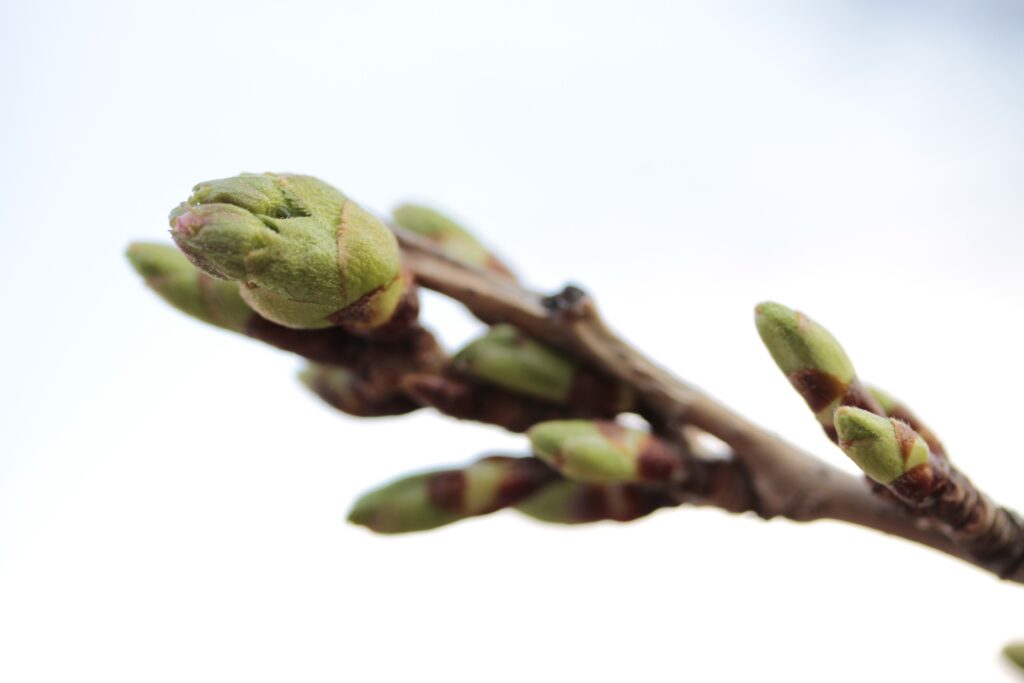
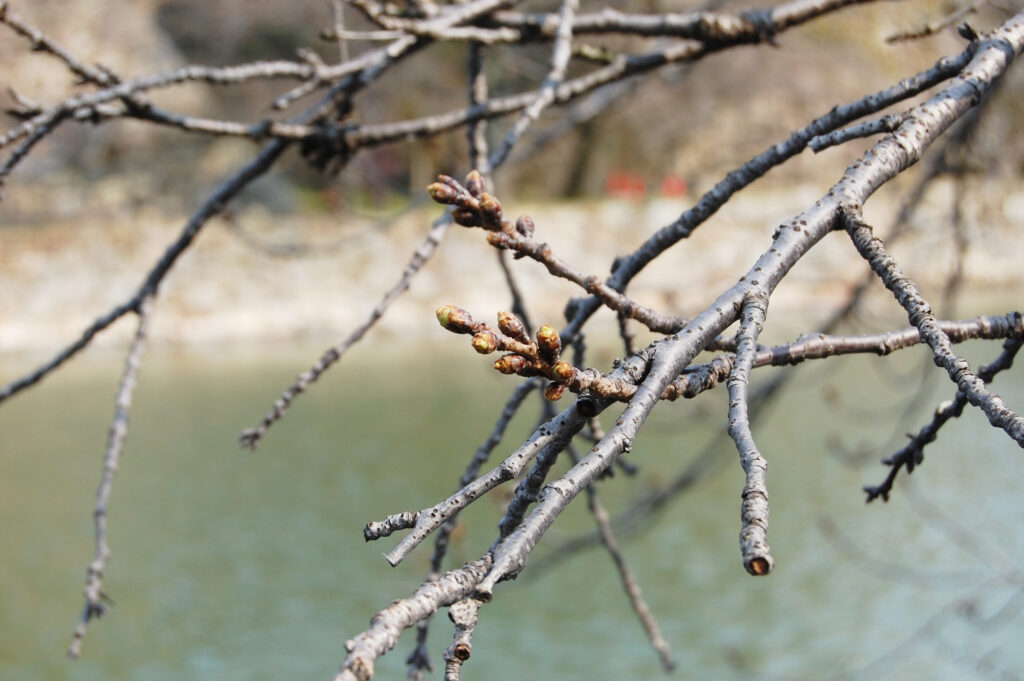
Sakura is a deciduous tree whose buds begin to swell in March. Unlike many other trees that bloom among thick foliage, cherry blossoms usually bloom before the leaves appear. This makes the flowers stand out dramatically against the bare branches, creating a delicate and striking visual.
The full bloom usually occurs from late March to early April, depending on the region. In fact, weather forecasts on TV often report the “sakura front,” tracking the blooming progress from Okinawa in the south to Hokkaido in the north.
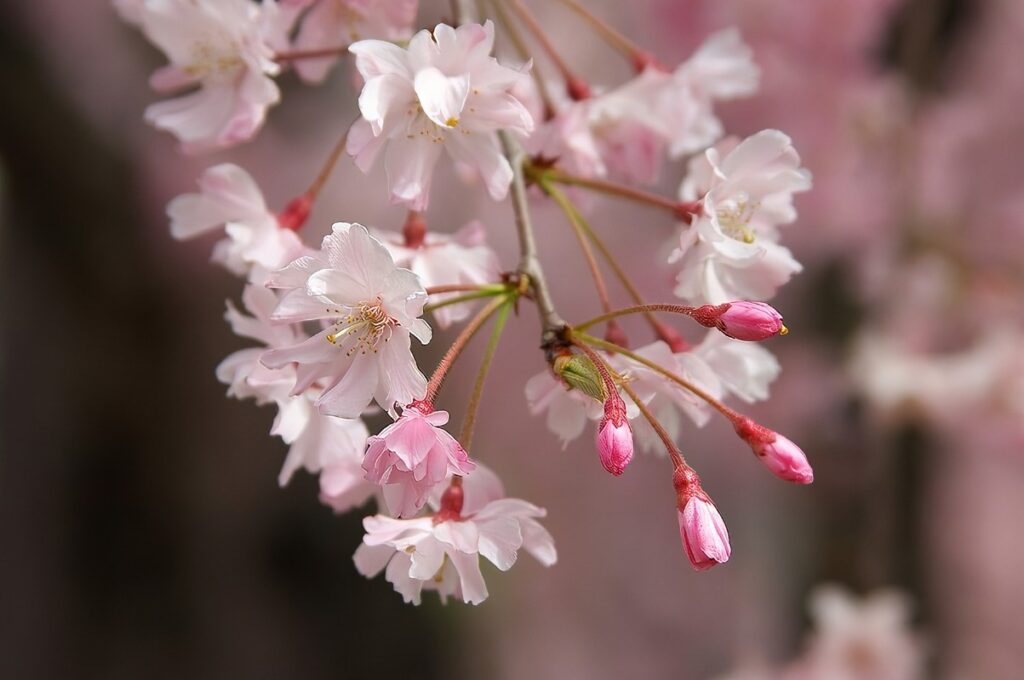
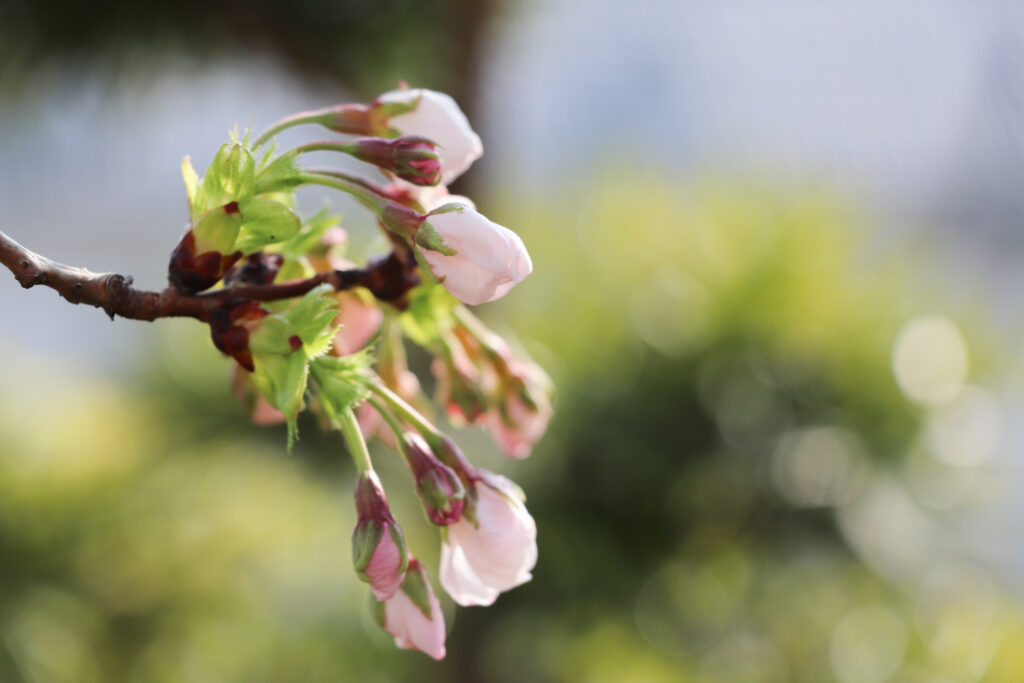
Regarding the information of Sakura’s blooming time by city, you can refer to the relevant site
Sakura Festivals and Spring Traditions
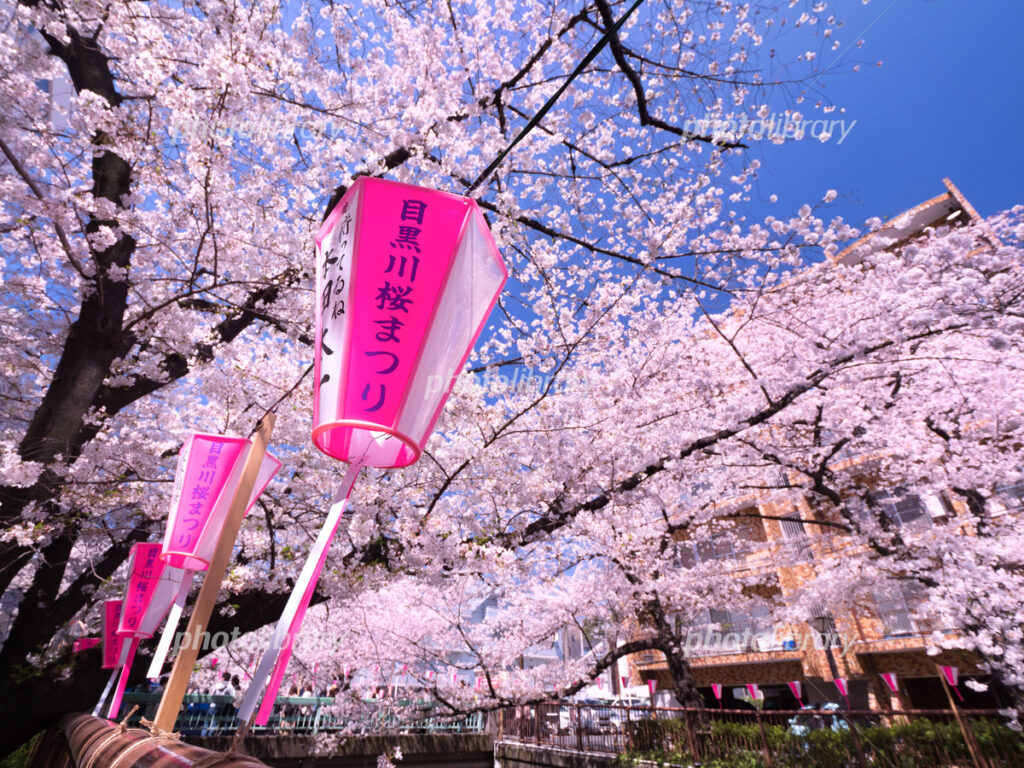
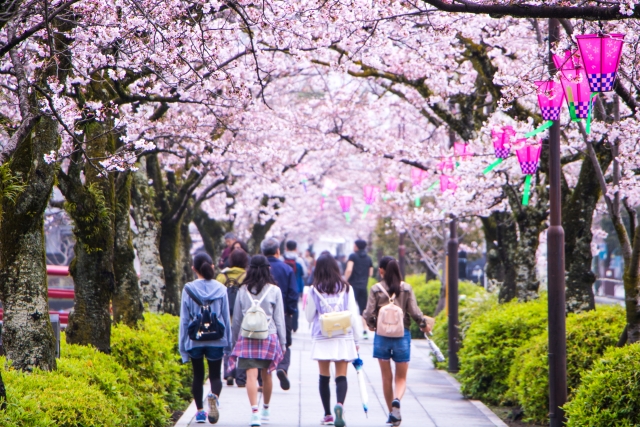
During peak bloom, cities and towns across Japan hold Sakura Matsuri (Cherry Blossom Festivals). Parks, temples, schoolyards, and even sidewalks come alive with people celebrating the fleeting beauty of the flowers.
One traditional way to enjoy sakura is through hanami, a picnic-style gathering under the blossoms, often with food, drinks, and laughter shared among friends and family.
Sakura and Memories of School Days


In Japan, the school year starts in April and ends in March — right in sync with sakura season. As a result, cherry blossoms are strongly associated with graduation and school entrance ceremonies. For many Japanese, sakura evoke bittersweet memories of student life: the excitement of a new beginning, farewells to classmates, first love, and favorite teachers.
It’s no wonder that so many Japanese graduation songs mention sakura, symbolizing both parting and hope for the future.
The Beauty — and Fragility — of Sakura

Most sakura flowers, especially the famous Somei-Yoshino variety, bloom fully in just five to seven days. Soon after, the petals begin to fall, creating a mesmerizing scene known as sakura fubuki — a “cherry blossom snowstorm.”
This short life span reminds many Japanese of the transience of life itself, a theme deeply rooted in Buddhist philosophy and Japanese aesthetics such as mono no aware (the gentle sadness of impermanence).
Sakura as a Misused Symbol in History
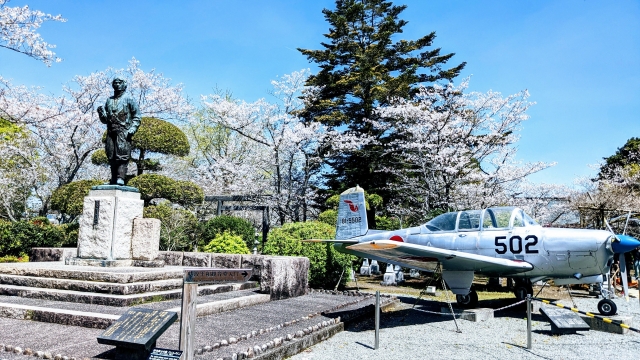
Tragically, during World War II, this beautiful symbolism was twisted. The government used sakura’s fleeting beauty to justify the deaths of young kamikaze pilots, comparing their sacrifice to petals falling in full bloom.
Some left farewell letters referencing sakura as a metaphor for their noble death. This propaganda left deep emotional scars on the nation. Today, many Japanese regard sakura as a symbol of peace — not war.
Autumn Sakura: A Hidden Beauty
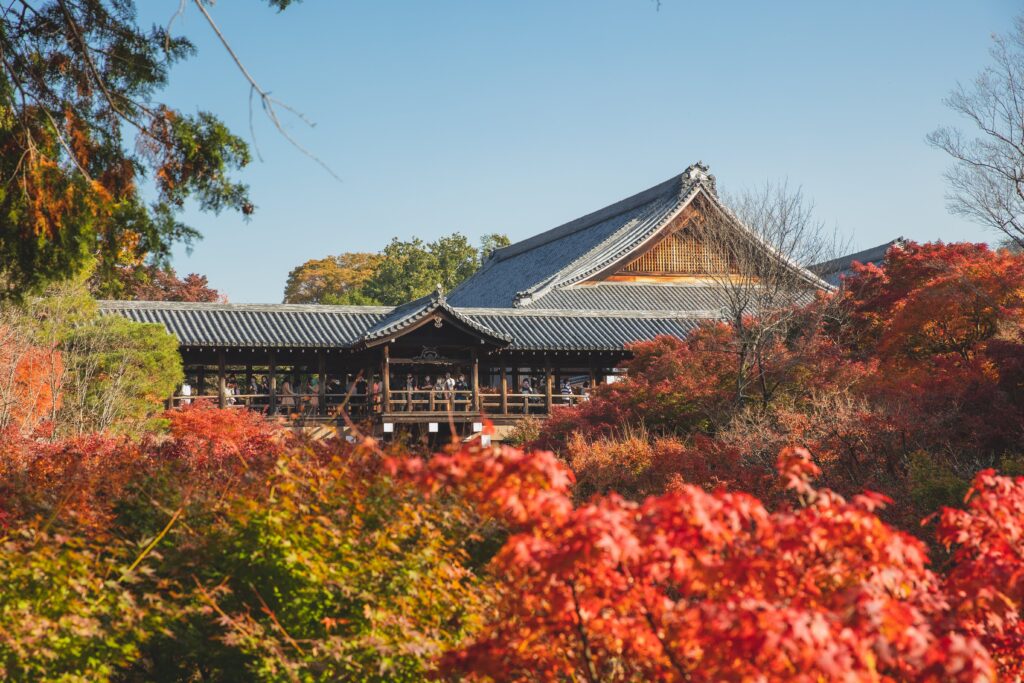
While most people imagine sakura only in spring, the tree also has a stunning autumn phase. After blooming ends, the green leaves known as shin-ryoku appear in May. These leaves later turn vivid shades of yellow and orange from October to November, a phenomenon known as kōyō (autumn foliage).
In autumn, sakura trees join maples and ginkgoes in painting Japan’s hills and mountains in fiery colors — an unforgettable sight for visitors.
Final Thoughts
Sakura is not just a flower in Japan — it is a symbol woven into the very rhythm of life. It marks transitions, stirs emotions, and captures the beauty of impermanence.
If you visit Japan in spring, take a moment to enjoy the blossoms and reflect on their deeper meaning. And if you come in autumn, don’t forget to look for the quiet beauty of sakura leaves glowing among the mountains.
May sakura remind us not only of nature’s beauty, but also of the importance of peace, renewal, and connection.
Share Your Thoughts
Have you experienced something similar in your own culture?
Your reflections are welcome.
💬 Jump to the comment section


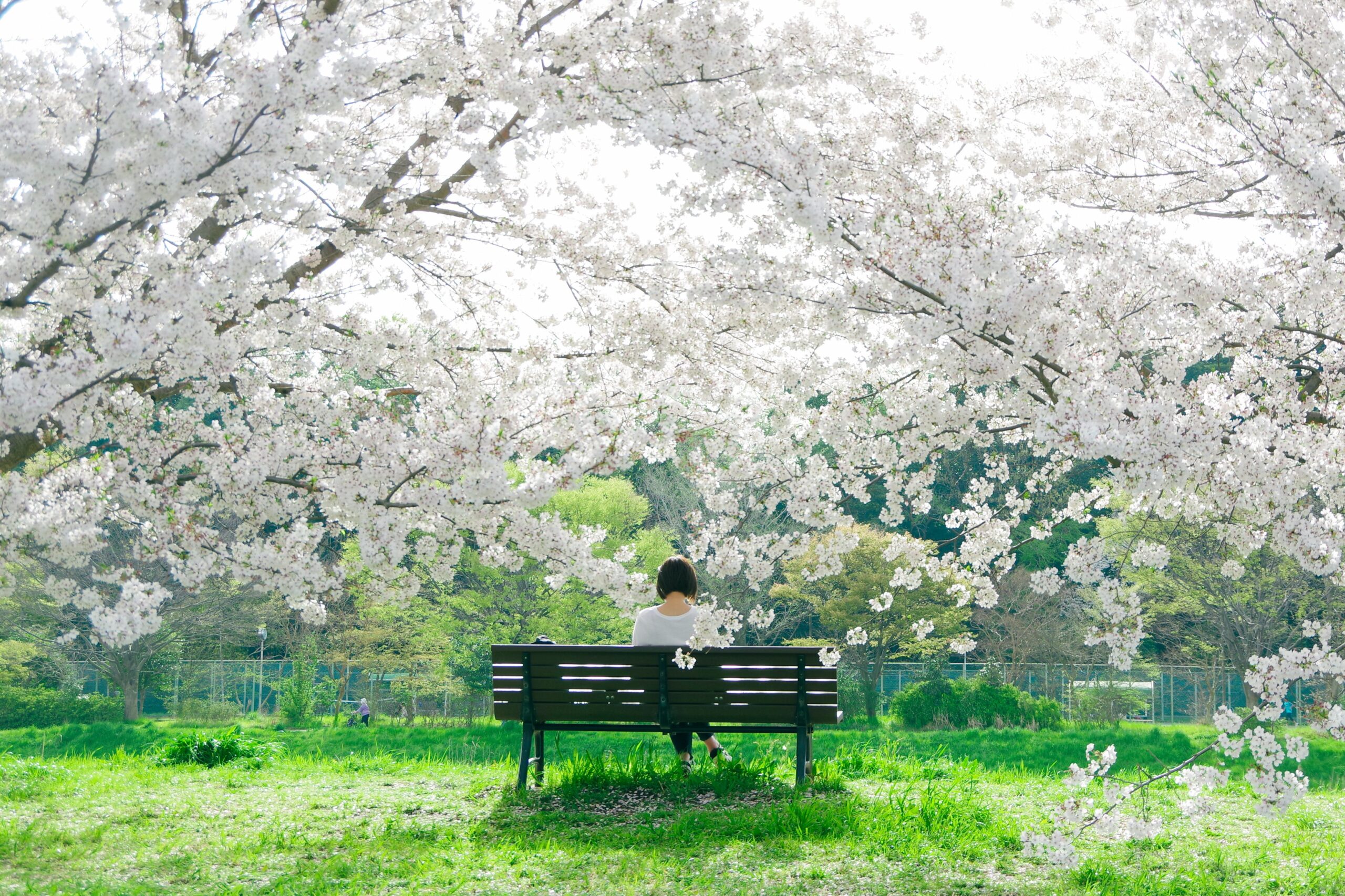
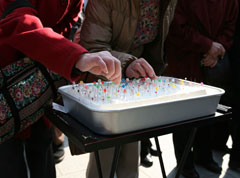

Share Your Perspective